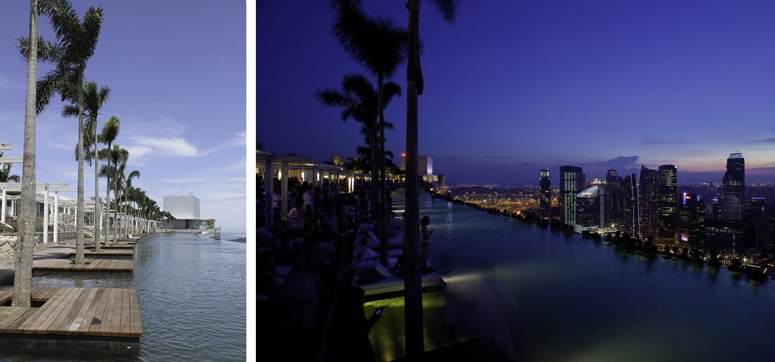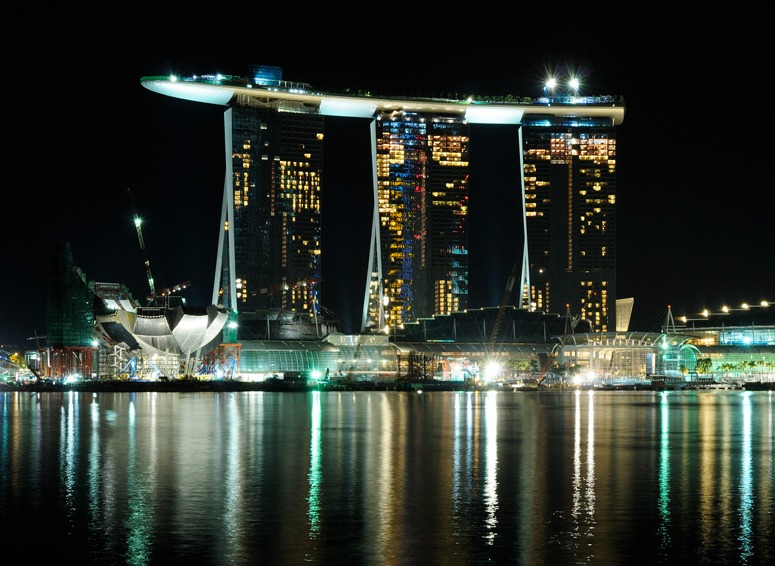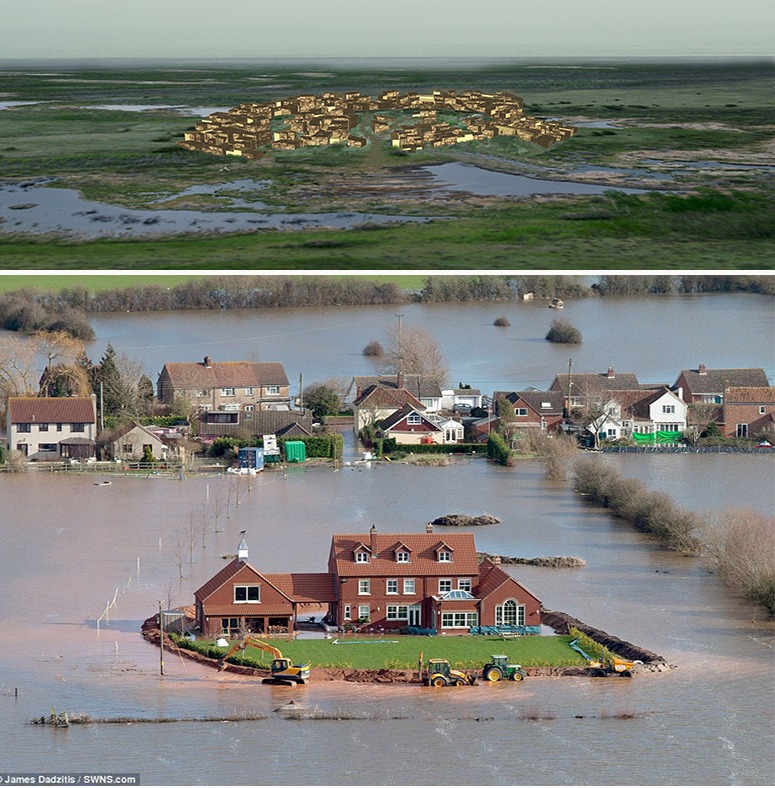Living walls are a ‘growing’ trend… Mayor Boris Johnson has a target to increase green cover across central London by 5% by 2030 (2011 London Plan). Urban greening is a key element of the much broader Climate Change Adaptation Strategy, which encourages the use of planting, green roofs and walls and soft landscape. By increasing green space and vegetation cover in the city flood risk and rising temperatures can be managed. London Plan Policy states the Mayor will and boroughs should expect major developments to incorporate living roofs and walls where feasible and reflect this principle in LDF policies. See Seminar Details and see Seminar Booking

Living Walls are an exciting new and emerging technology. This one day seminar forum will reveal and share the latest information about the different types of available living walls from a range of perspectives including academia, designers, plant specialists, installation and maintenance experts and living wall system manufacturers. Highlights include a review and discussion of the latest research in living walls, recent developments in living wall systems, ecosystem services and case studies. The key manufacturers and installers will also exhibit and present their living wall systems and attendees will be able to inspect and ask questions about the systems on the day.
- Latest academic research to do with living walls (thermal, carbon & energy studies, urban agriculture, social well-being, etc);
- Life cycle analysis;
- Ecosystem services;
- Policy (UK and EU) feeding design, system development and vegetation use;
- Latest substrate research for green roofs & walls (Hillier Nurseries & Boningale GreenSky);
- Installation & maintenance (costs & issues);
- Gary Grant will keynote & present vertical rain gardens; and,
- 6 case studies of different systems by manufacturers from EU & UK will present and exhibit their systems for a hands-on approach.




